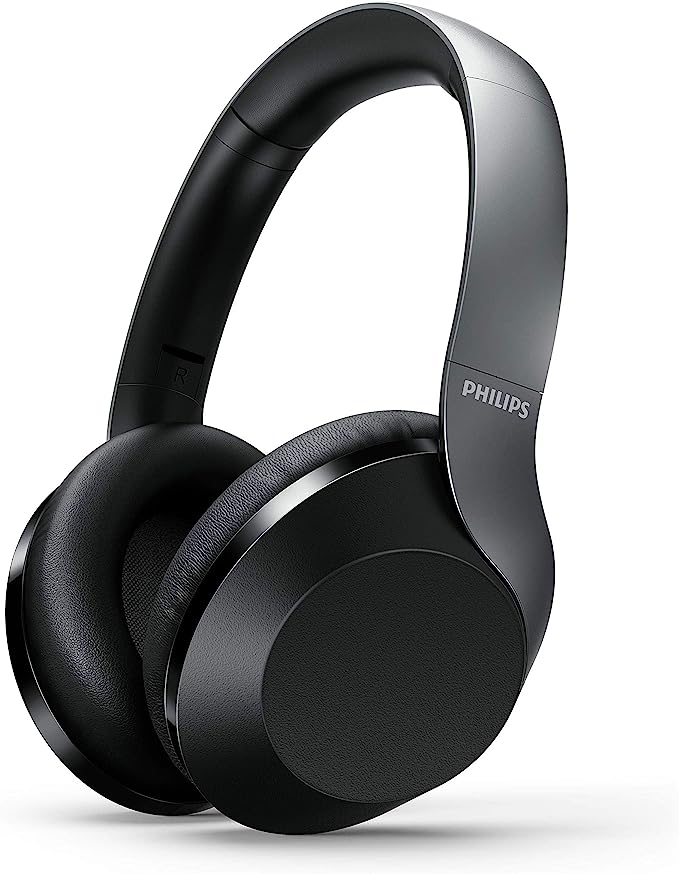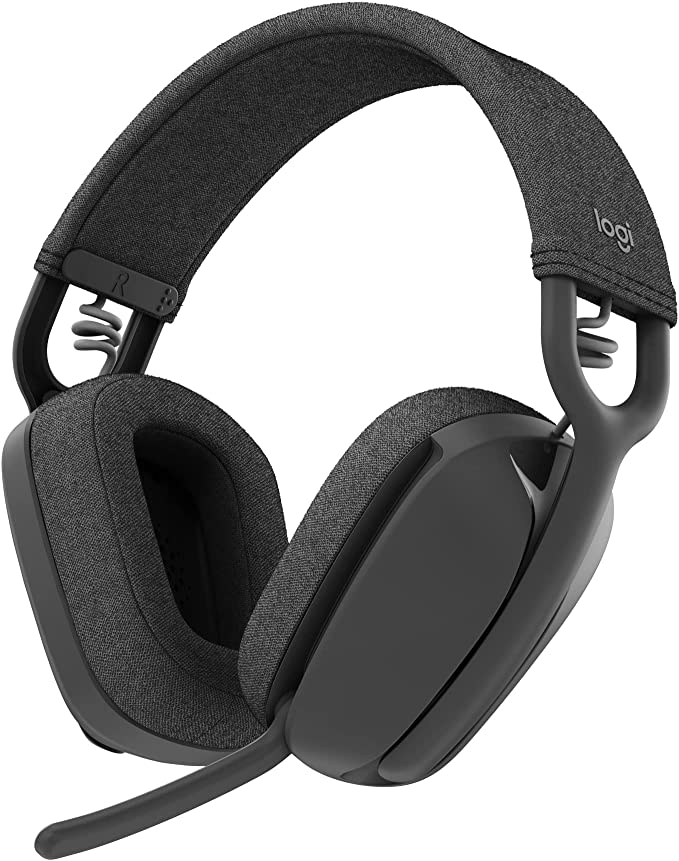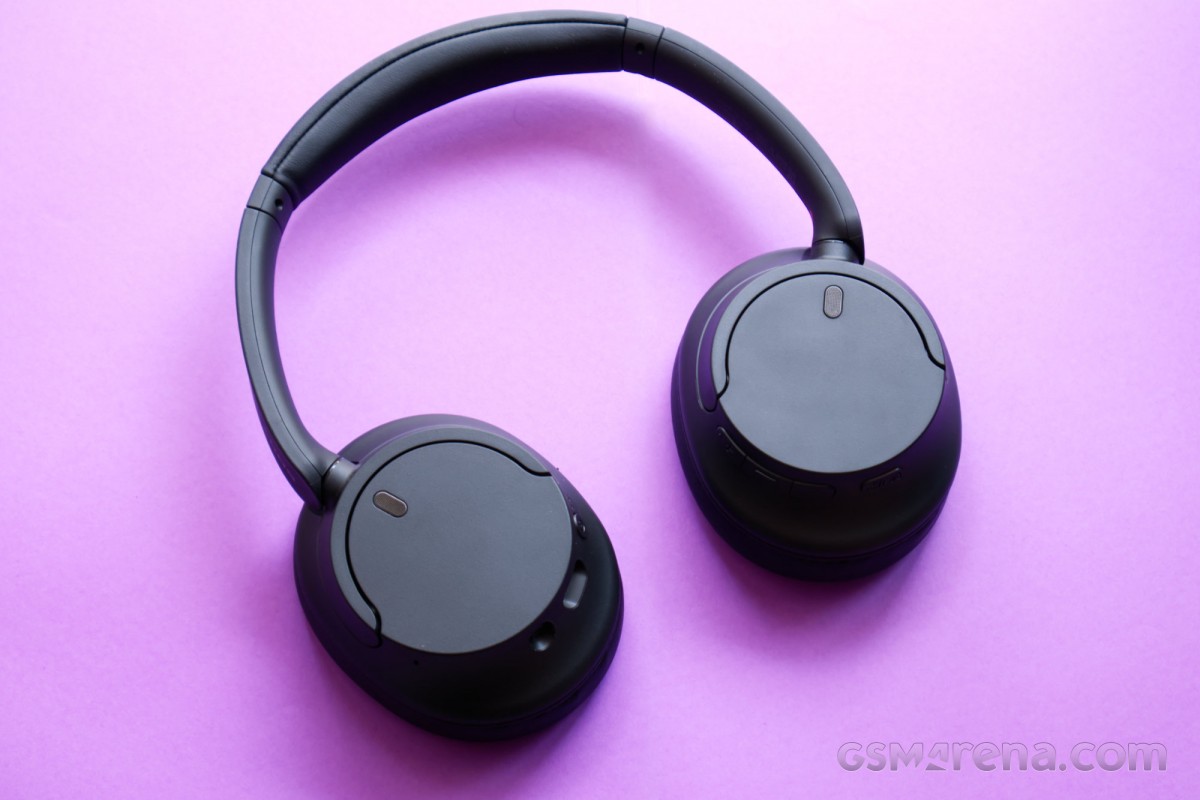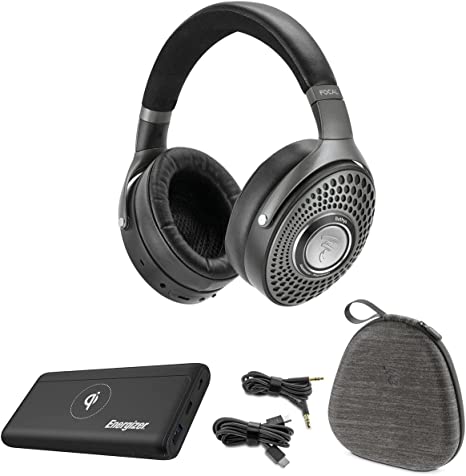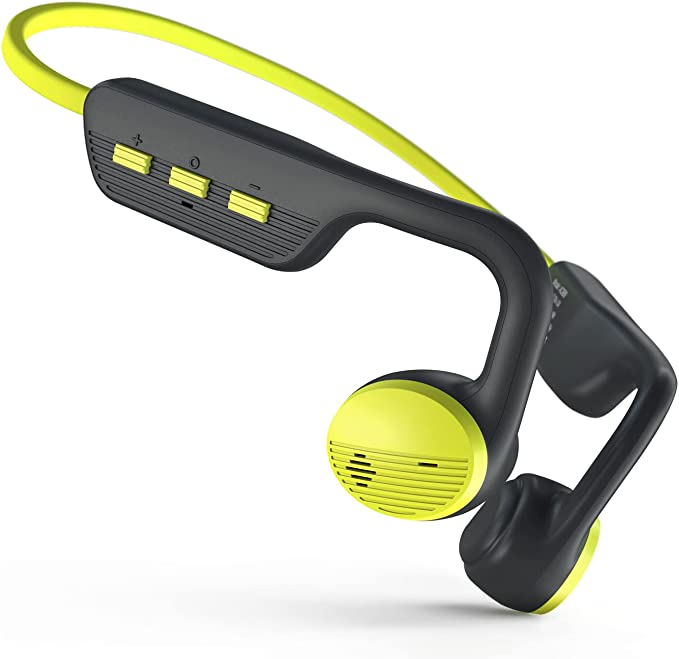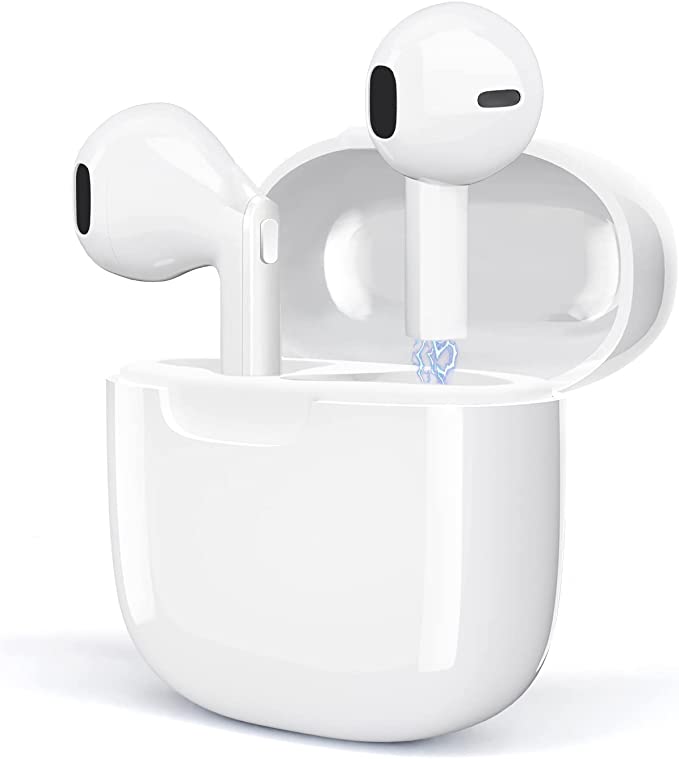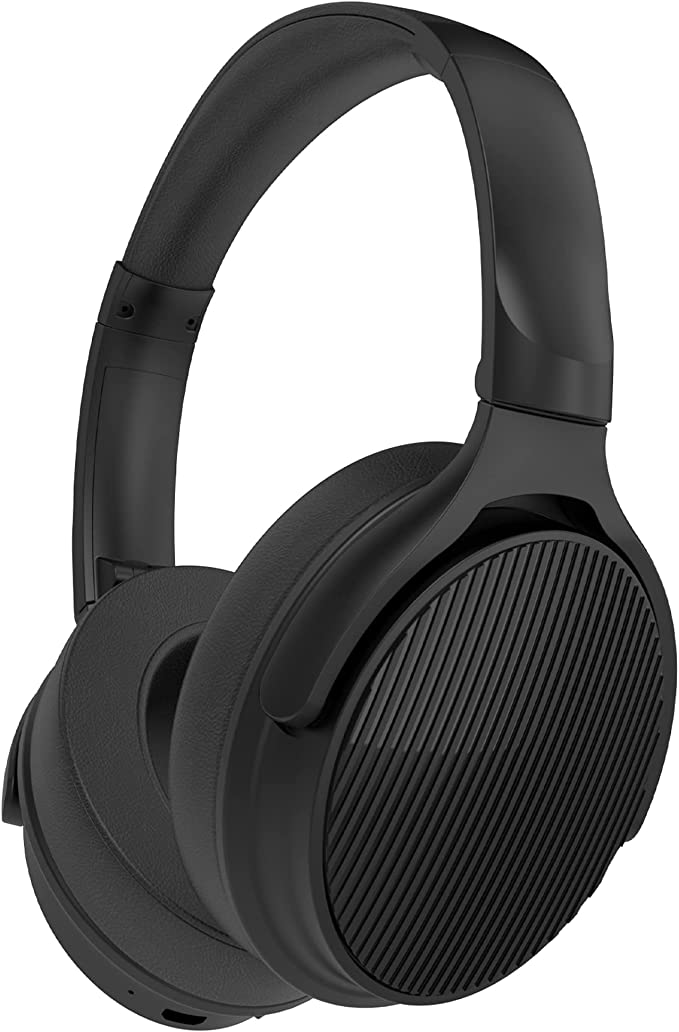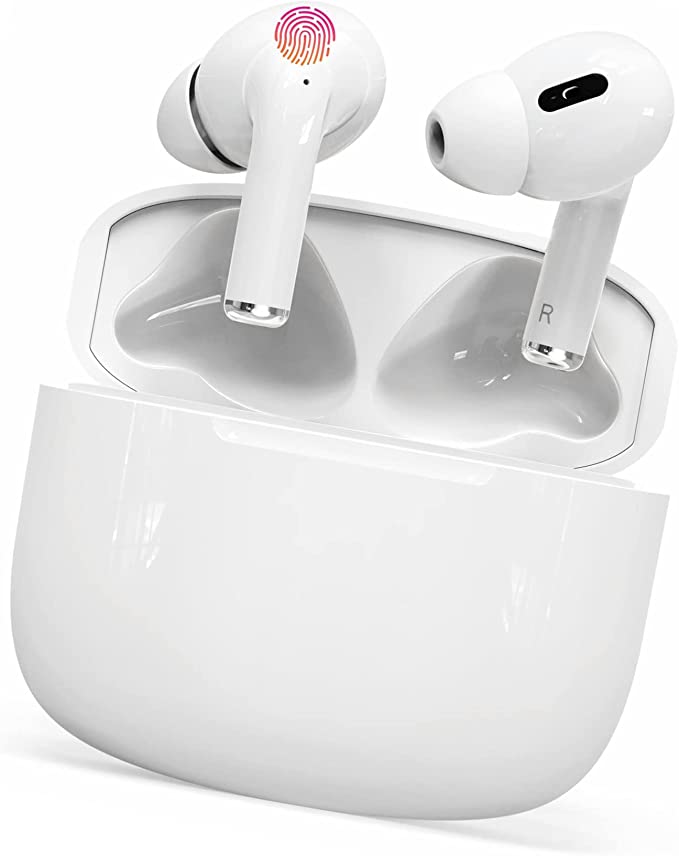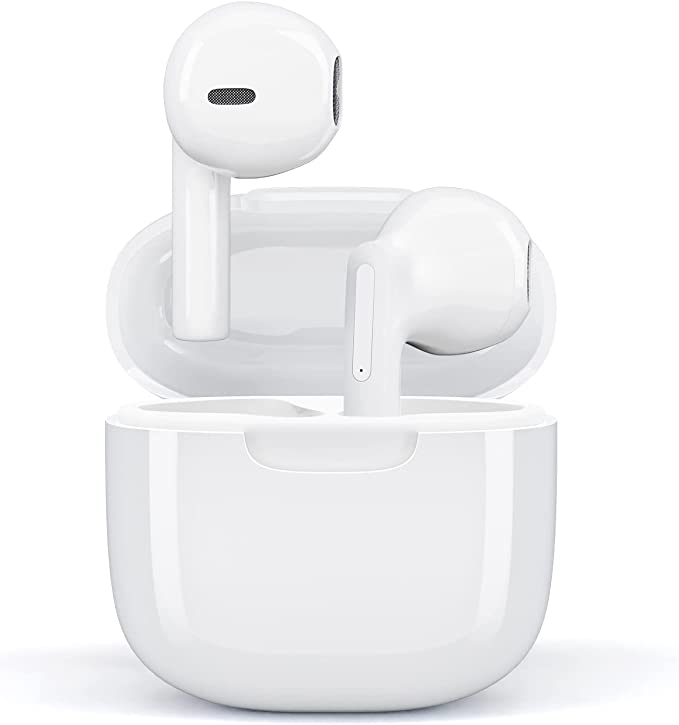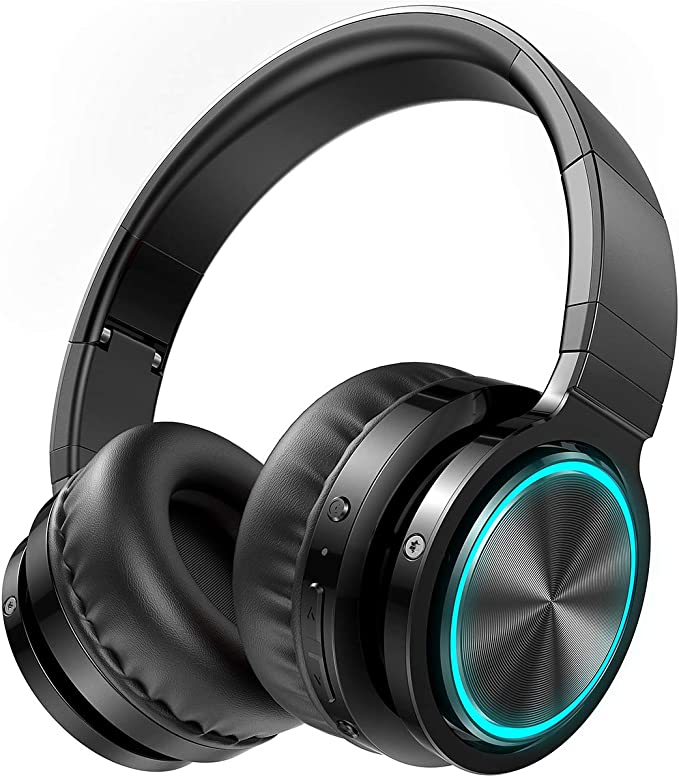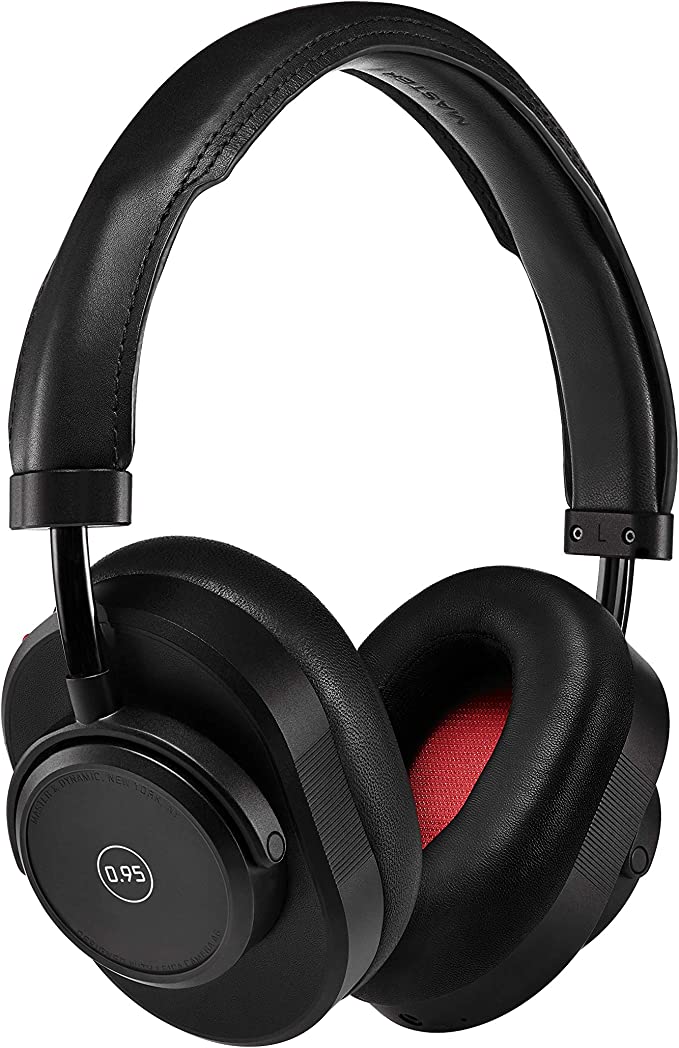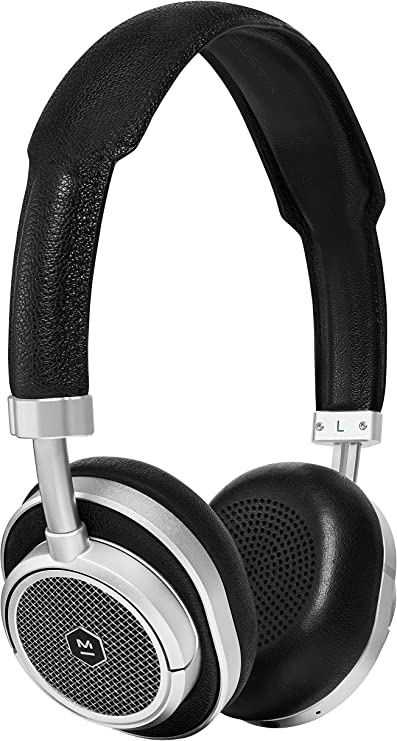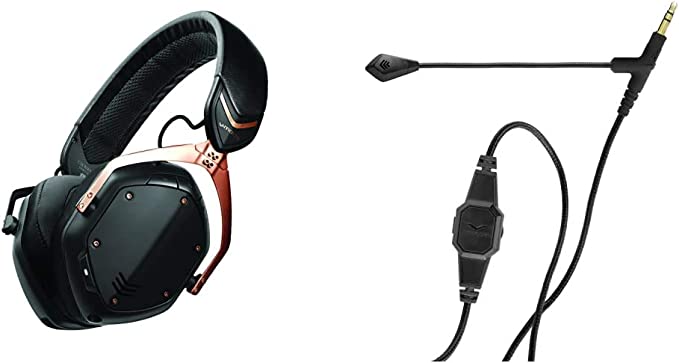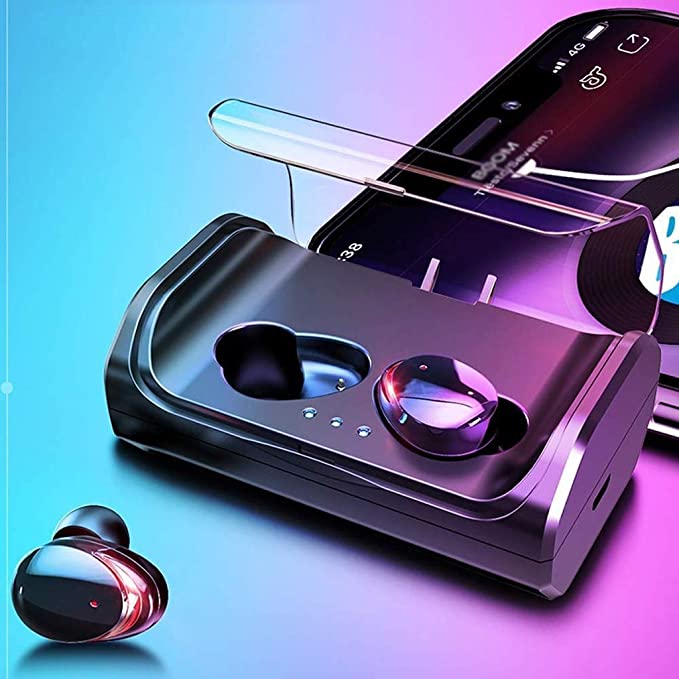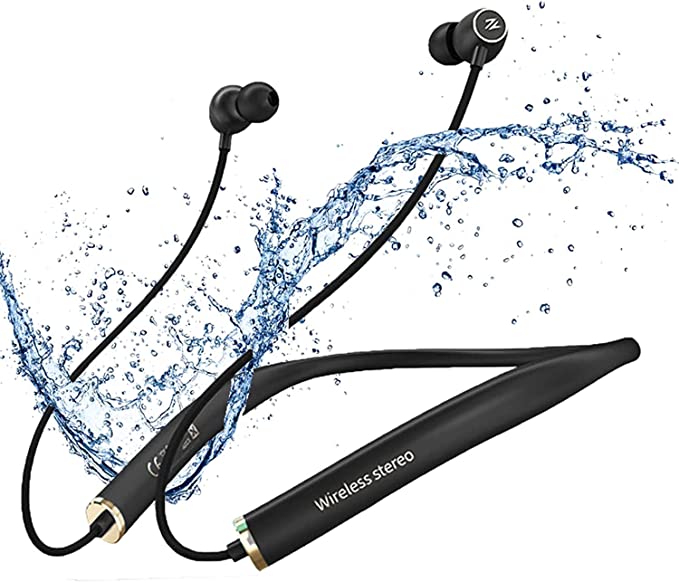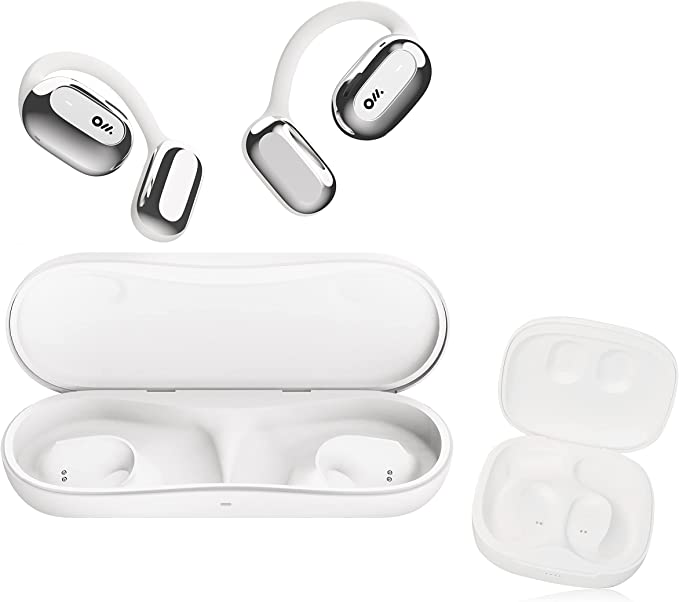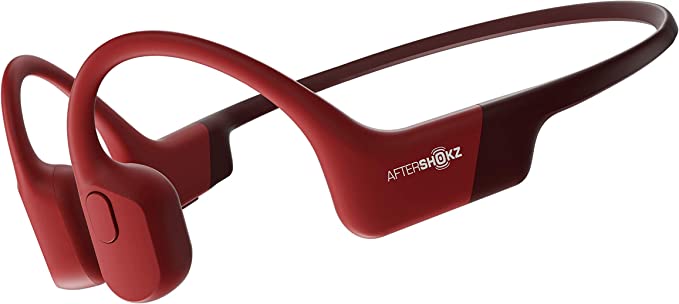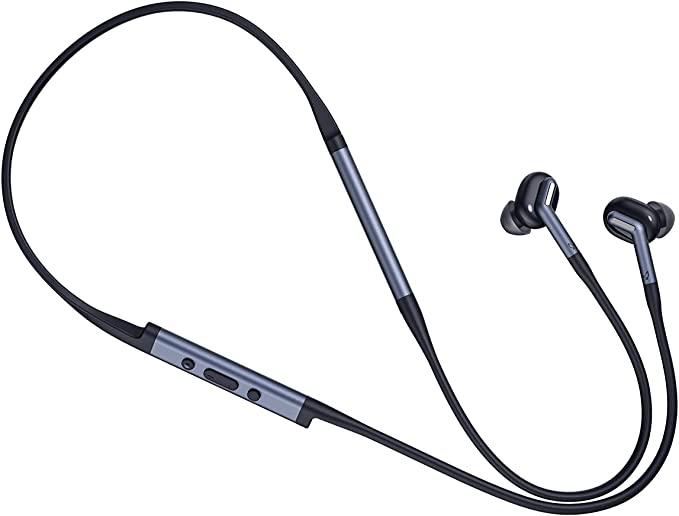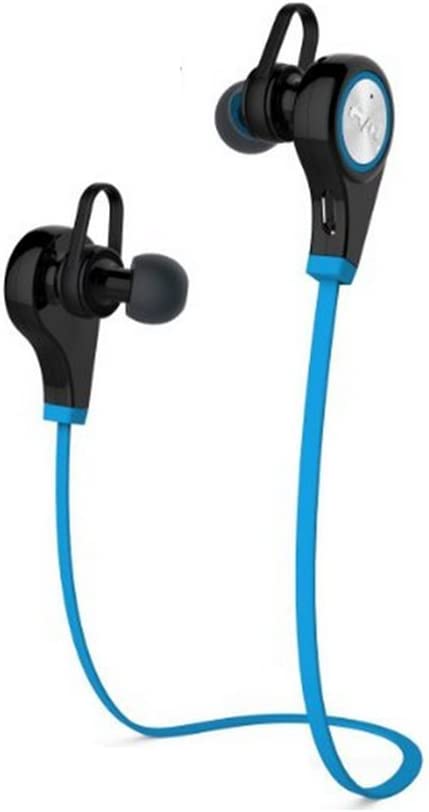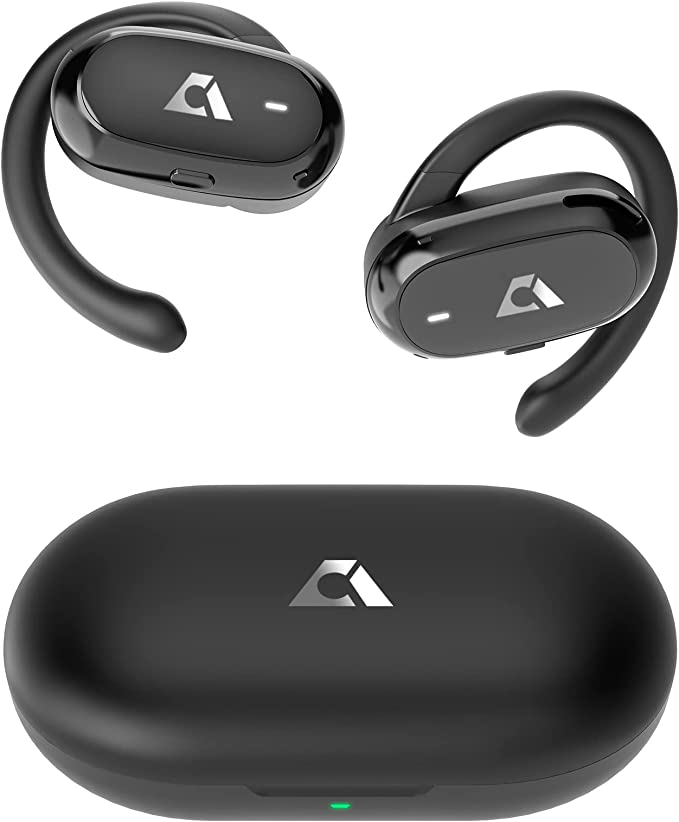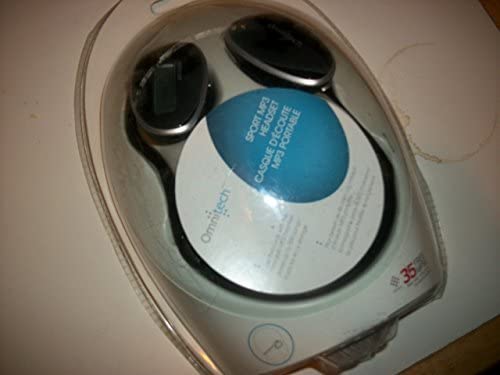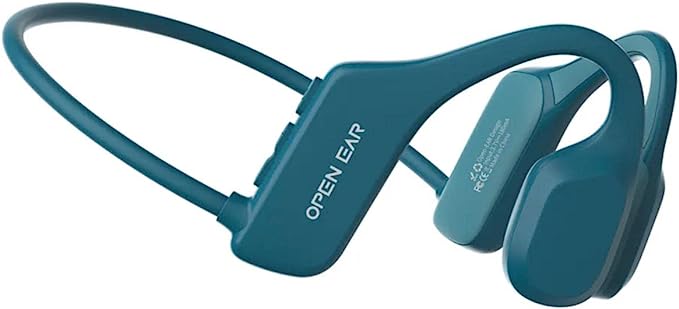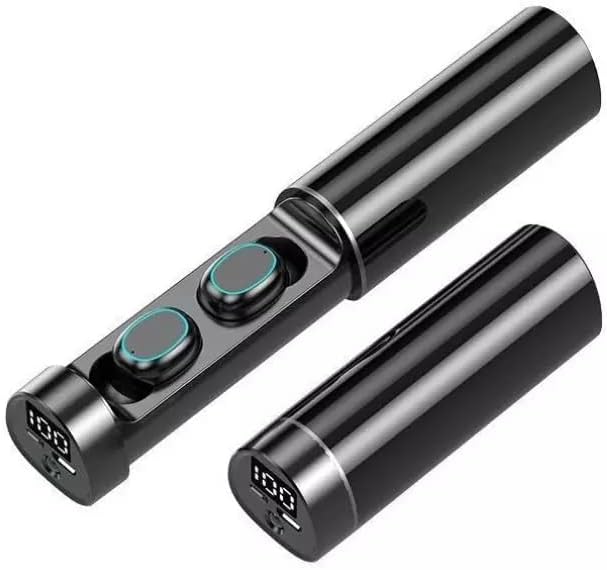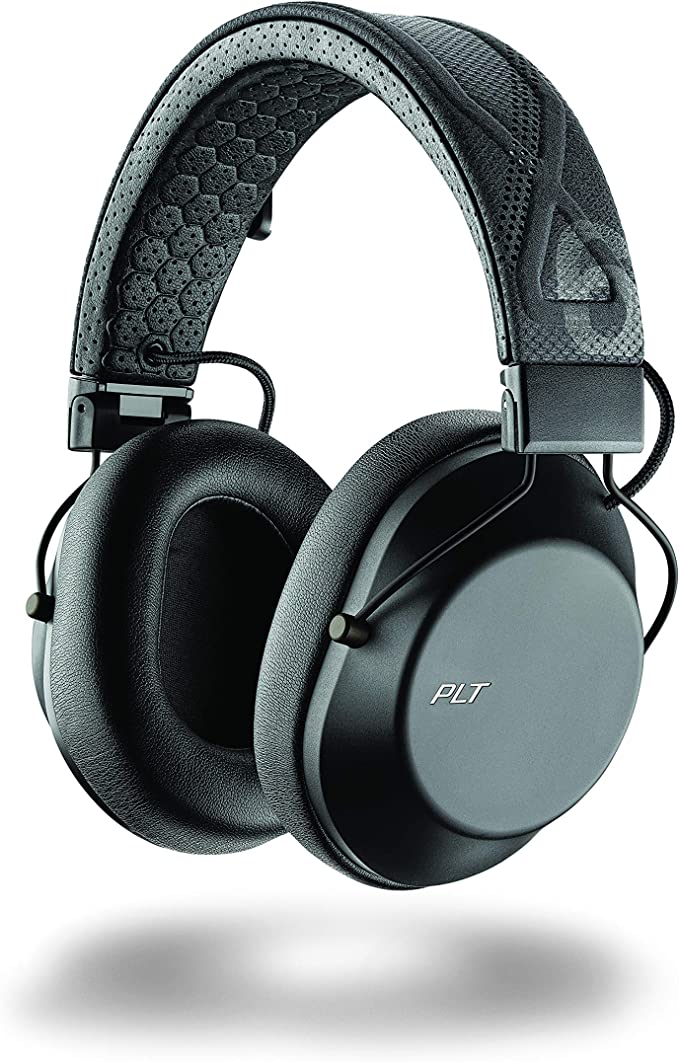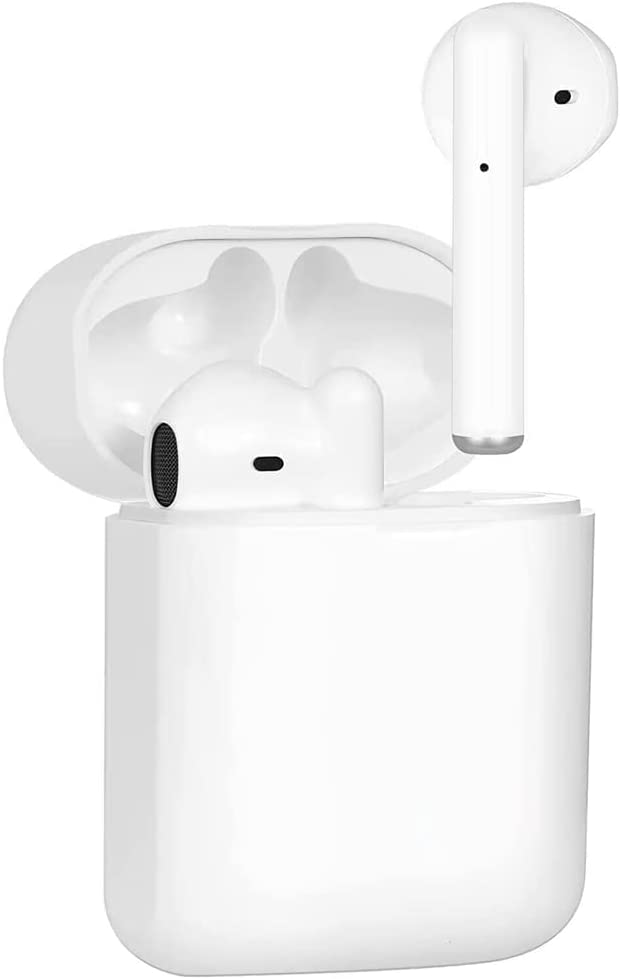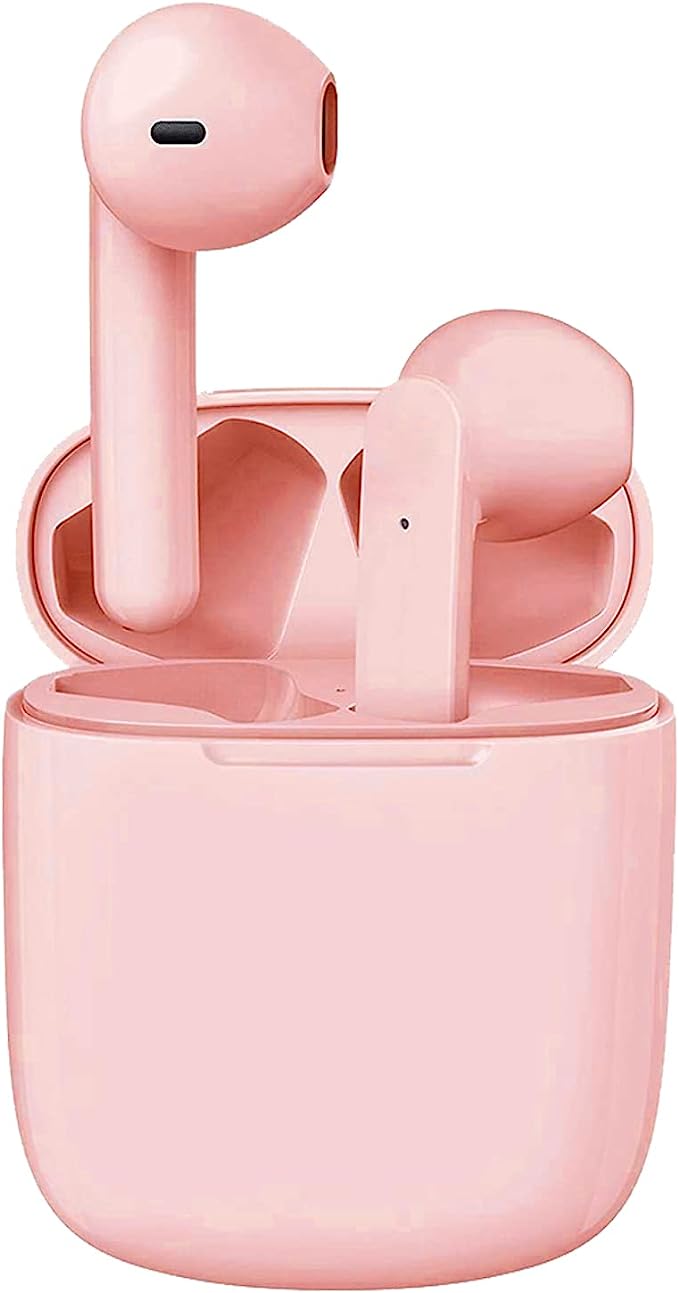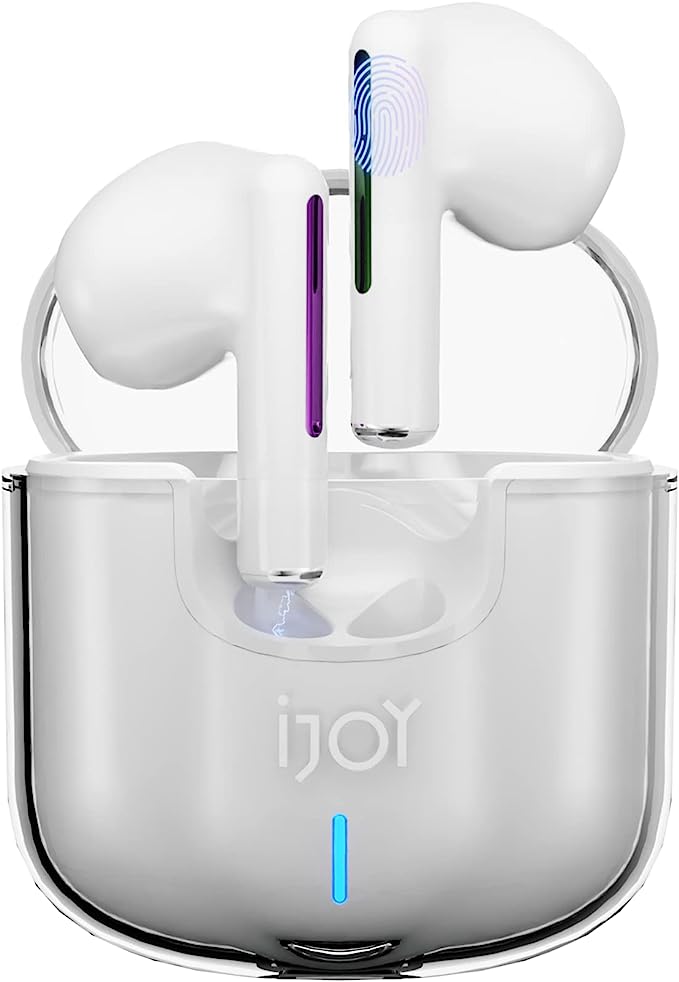The Neckband Trade-Off: Why This Form Factor Persists in the TWS Era
Update on Nov. 15, 2025, 6:44 a.m.
In the last five years, True Wireless Stereo (TWS) earbuds have decisively conquered the personal audio market. The appeal is obvious: complete freedom, no wires, and a tiny, pocketable case. And yet, a seemingly older design not only persists but continues to find a dedicated audience: the neckband headphone.
This persistence isn’t due to nostalgia. It’s a clear-eyed engineering trade-off.
The neckband form factor is a direct response to the three greatest weaknesses of TWS earbuds: battery life, microphone quality, and the tendency to get lost. It is a design built for practicality, often at the expense of absolute freedom.
The Case For the Neckband: Solving TWS Problems
To understand the neckband, you must first understand the compromises of TWS. A TWS earbud must cram a battery, processor, antenna, and driver into a casing that fits inside your ear. This creates unavoidable limitations.
1. The Battery Life Solution
A TWS earbud has a minuscule battery (typically 40-60mAh). The neckband, by contrast, is essentially a wearable battery pack. The entire “neck” portion is available for components.
This is why a neckband model like the Yarayeon HX-831 can house a 280mAh battery—nearly five to seven times the capacity of a single TWS bud. This physical space advantage is what translates directly into an 18-hour continuous music playtime or 16 hours of talk time. For a user in an office, on a construction site, or in a delivery vehicle, this means “all-day power” is not a marketing buzzword; it’s a physical reality.
2. The Call Quality Solution
A TWS earbud’s microphone is located at your ear, several feet from your mouth. This is an acoustic nightmare, forcing the mic to pick up every ambient sound while trying to isolate your distant voice.
A neckband’s microphones can be placed at the end of the neckband, closer to your collar or jaw, drastically improving the mic-to-mouth proximity. This superior positioning is why features like CVC 8.0 (Clear Voice Capture), as seen on the HX-831, are so effective in this form factor. The processor has a much cleaner signal to start with, allowing it to filter out background noise and provide “crystal clear” hands-free calls.
3. The “Never Lost” & “Always Ready” Solution
TWS earbuds are small, discrete, and incredibly easy to lose. The neckband is a single, unified object you wear. Furthermore, it introduces a unique feature TWS can never offer: the call vibration alert. A motor in the neckband (like in the HX-831) can vibrate when a call comes in. This allows you to keep the earbuds out of your ears while remaining connected, a huge benefit for anyone who needs to be aware of their surroundings but can’t miss a call.
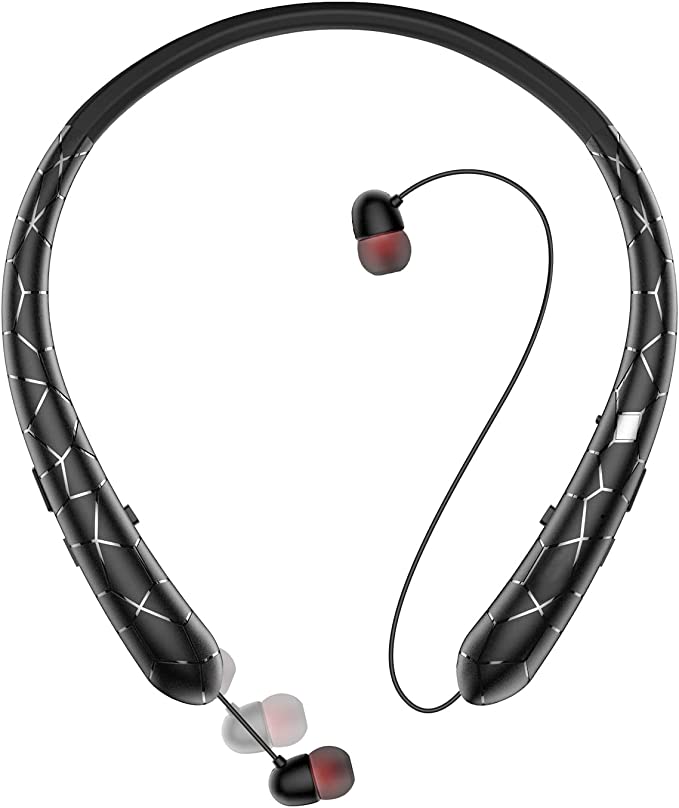
The Case Against the Neckband: New Problems, New Risks
Of course, these advantages are not free. By solving the problems of TWS, the neckband introduces a new set of trade-offs, primarily related to its physical, wearable nature.
1. The Physical Contact Risk
The most obvious trade-off is the band itself. It is a 1.5-ounce (or heavier) object resting on your neck all day. While many are designed to be “ultra-light,” they are in constant contact with your skin. For most users, this is unnoticeable. For a subset of users, however, this can be a deal-breaker. User reports of skin irritation from the materials or simple friction are a known risk of this form factor.
2. The Mechanical Failure Risk
The neckband’s other major challenge is wire management. The earbuds are attached to the band by two thin wires. To solve the problem of these wires dangling and snagging, many models, including the HX-831, employ a retractable earbud system.
On paper, this is an elegant solution: pull to extend, pull again to retract. In reality, this introduces a spring-loaded mechanical component—a notorious point of failure in any electronic device. These mechanisms are subject to physical stress. Users often report that the retraction pull is “very rough” or “hard,” or that after thousands of uses (or a few bad snags), the wire or the bud itself can break. The HX-831, for example, notes its wire is tested for “5000+ times,” a clear acknowledgment that this mechanical durability is a primary design concern.
Conclusion: A Tool, Not a Relic
The neckband headphone is not “outdated.” It is a highly specialized piece of equipment. It represents a conscious decision to trade the absolute freedom of TWS for the practical reliability of a massive battery, superior call quality, and unique features like call vibration.
It is designed for a specific user: the professional who lives on calls, the active user who needs all-day music without battery anxiety (and can rely on an IPX5 sweatproof rating), and the practical individual who is tired of searching for a lost TWS bud.
Understanding this, a model like the Yarayeon HX-831 is no longer just a collection of specs. It is a case study in a design philosophy that prioritizes endurance over elegance, and practical function over absolute minimalism.
